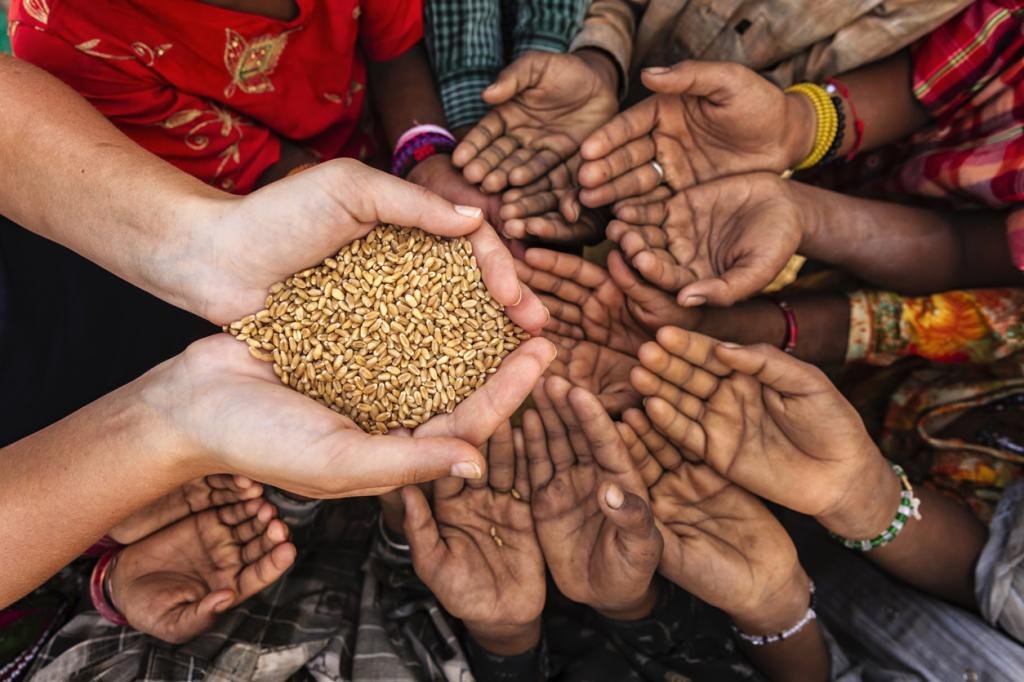Rome, 6 August 2022 (TDI): The World food program (WFP), in its report on Friday, warned the people of the global hunger catastrophe. In its report, it revealed that unless the necessary resources are available, humanity will have to pay the price with their lives and assets.
Right now, over 882,000 people living in #Afghanistan, #Somalia, #Yemen, #SouthSudan, and #Ethiopia are facing the most catastrophic levels of extreme hunger.
That’s 10X more than 5 years ago.
Learn more: https://t.co/jNJJdDv8UZ#FightFamine pic.twitter.com/UT0nrS47pO
— World Food Programme (@WFP) August 5, 2022
The World Food Program is the food assistance branch of the United Nations that focuses on hunger and food security around the globe.
The World Food Program, in its report, revealed that out of 828 million people across the globe going to bed hungry every night, the number of those facing acute famine has increased from “135 million to 345 million since 2019”.
Moreover, a total of 50 million people in 45 countries are teetering on the edge of famine.
“We are at a critical crossroads”, the report mentioned while stating the lack of resources to avert the catastrophe.
The report reveals that WFP requires US$22.2 billion to reach 152 million people in 2022.
According to WFP’s plan to assist these people, they need “US$3.5 billion for food and its delivery, US$2 billion for cash and food vouchers, US$700 million for country-specific costs, US$400 million for global and regional operations management, administration and accountability.”
However, the gap between people’s needs and the institution’s funding has gone bigger than before due to Covid19 Pandemic.
Factors contributing to the Global Hunger Crises
The report highlighted four major factors that have accelerated the current hunger crisis.
It includes Conflict such as that in Ukraine which has forced people into hunger, leaving their homes, and destruction of the sources of their income.
In addition to that, Climate change has affected the livelihoods of people. Heavy flooding has destroyed the crops and homes of people. That altogether undermined the “ability of people to feed themselves”
The consequences of the COVID19 Pandemic were disastrous for people. It was the biggest driving force to increase global hunger at “unprecedented levels” as the report states.
In addition to that, the costs are at an all-time high. According to the report, WFP’s monthly operating costs are US$73.6 million above their 2019 average – a staggering 44 percent rise. The extra now spent on operating costs would have previously fed 4 million people for one month.
Possible solutions
The seismic hunger has struck the globe, affecting millions of lives.
This global problem requires a collective response. Many countries, institutions, companies, and individuals contribute their funds to WFP every year, which constitutes a bulk of WFP’s overall funding.
The WFP report says that “everyone must step up” alongside these donors to avert global hunger.
Moreover, the private sector companies can also support and assist and transfer technical knowledge, as well as contrite financially, the report added.
Unless the necessary resources are made available, the report cautioned, the “lost lives and the reversal of hard-earned development gains will be the price to pay.”
Student of International relations








